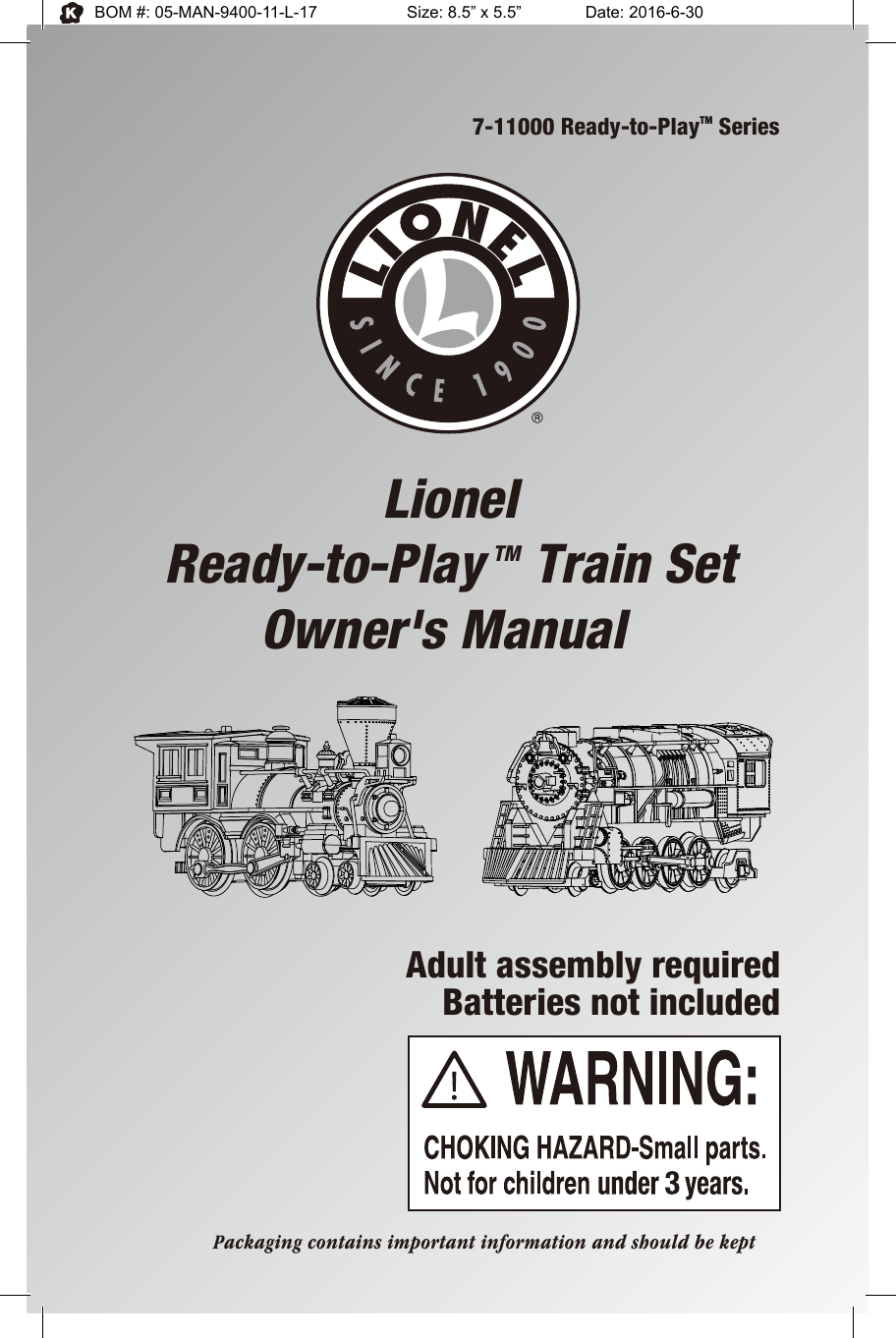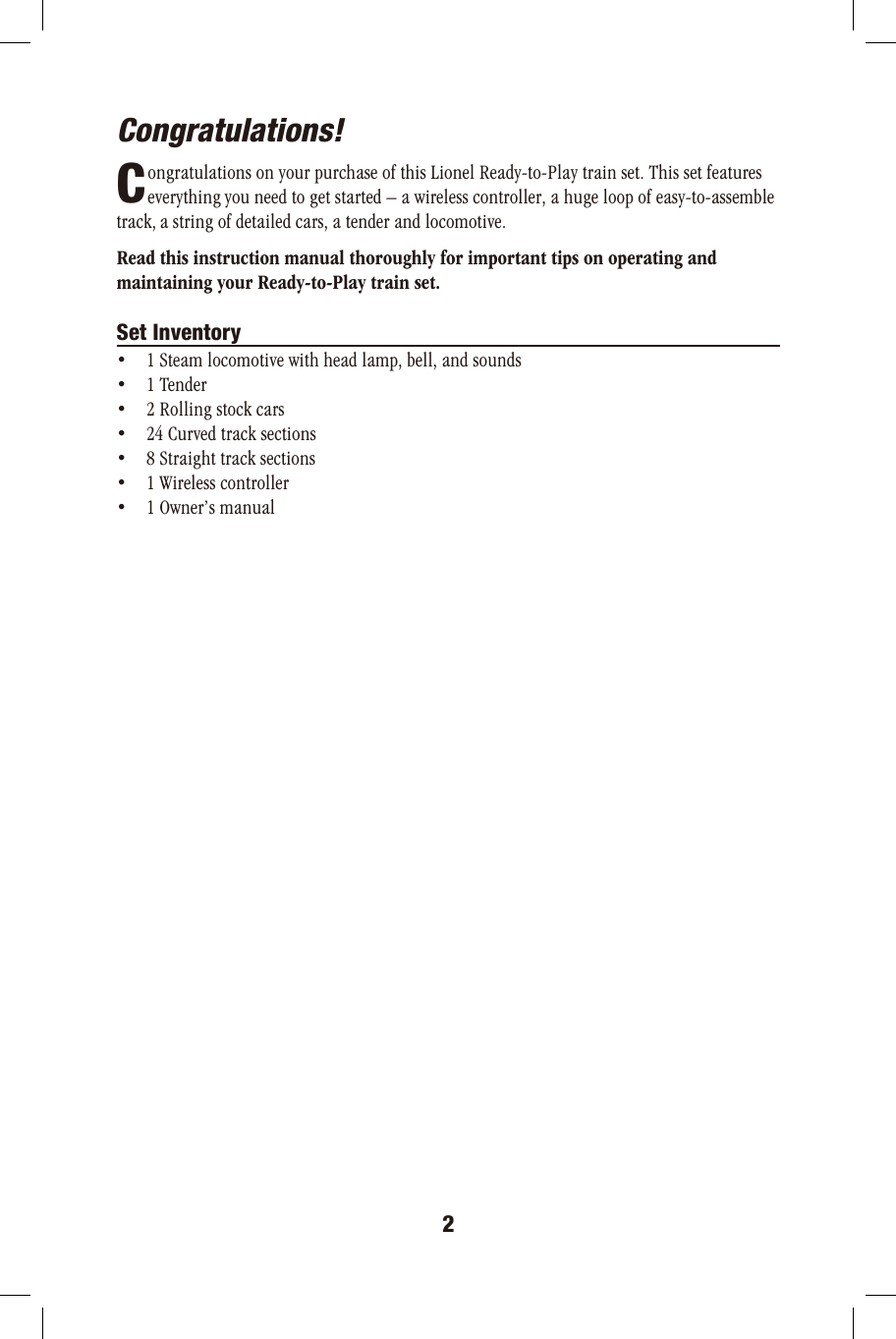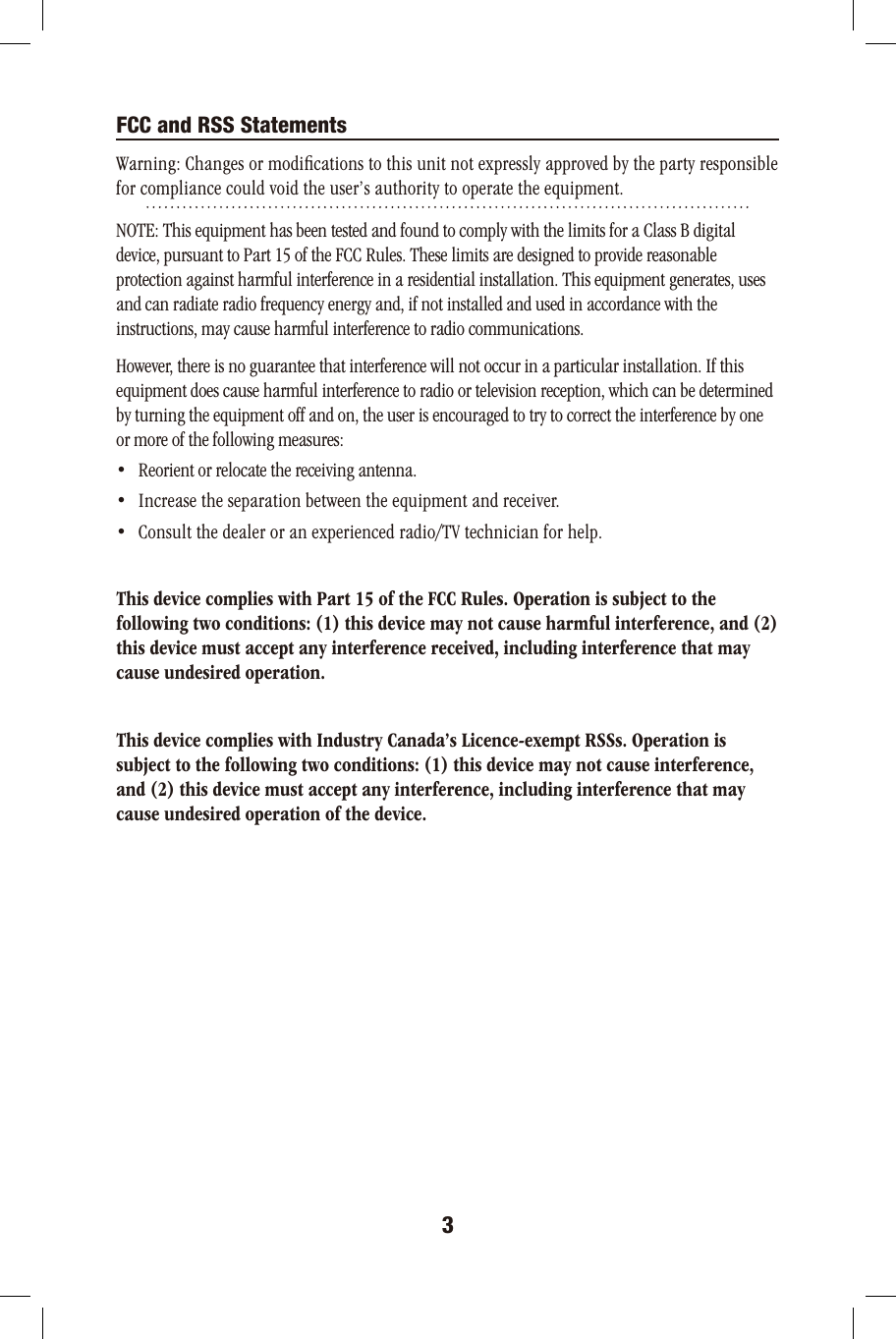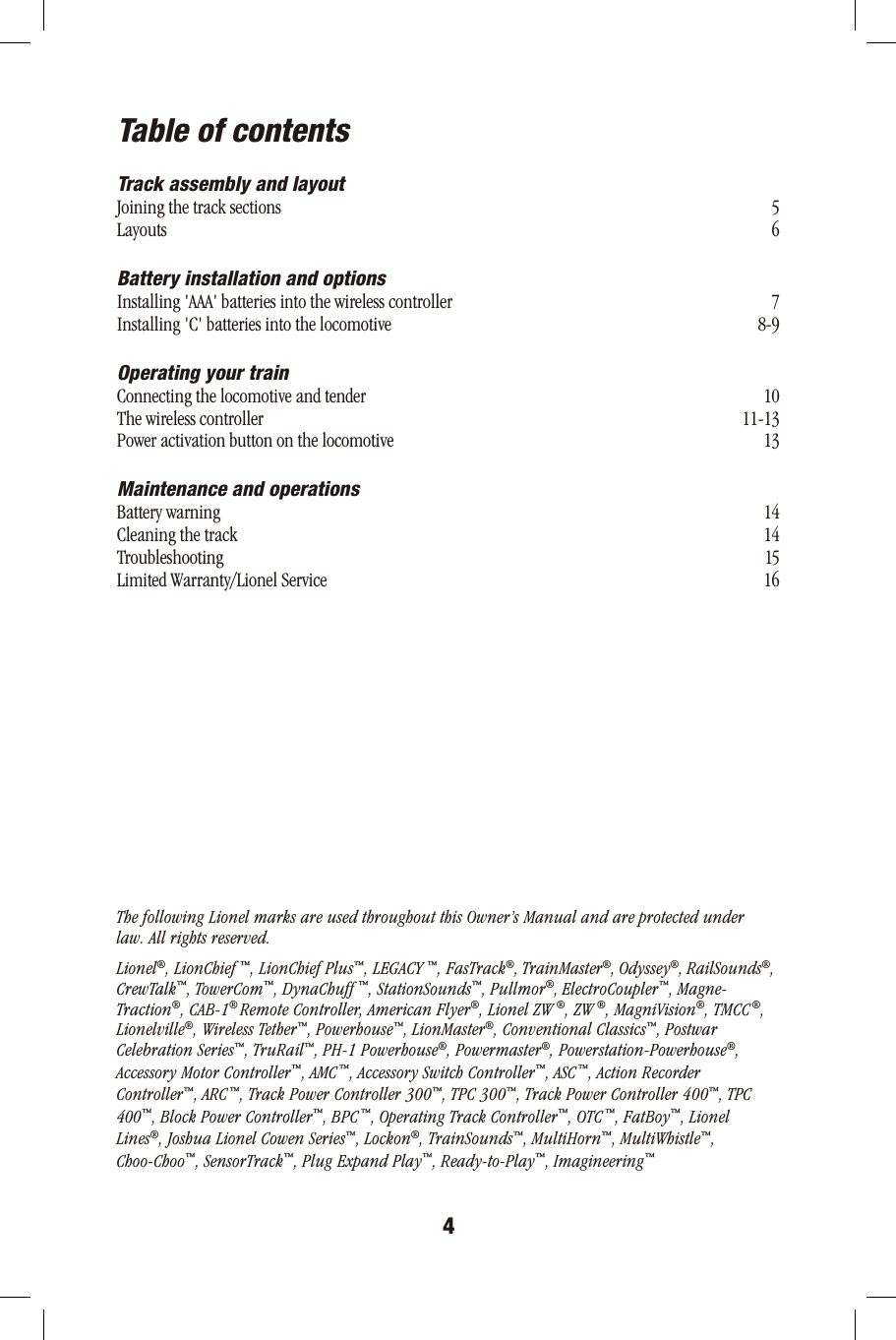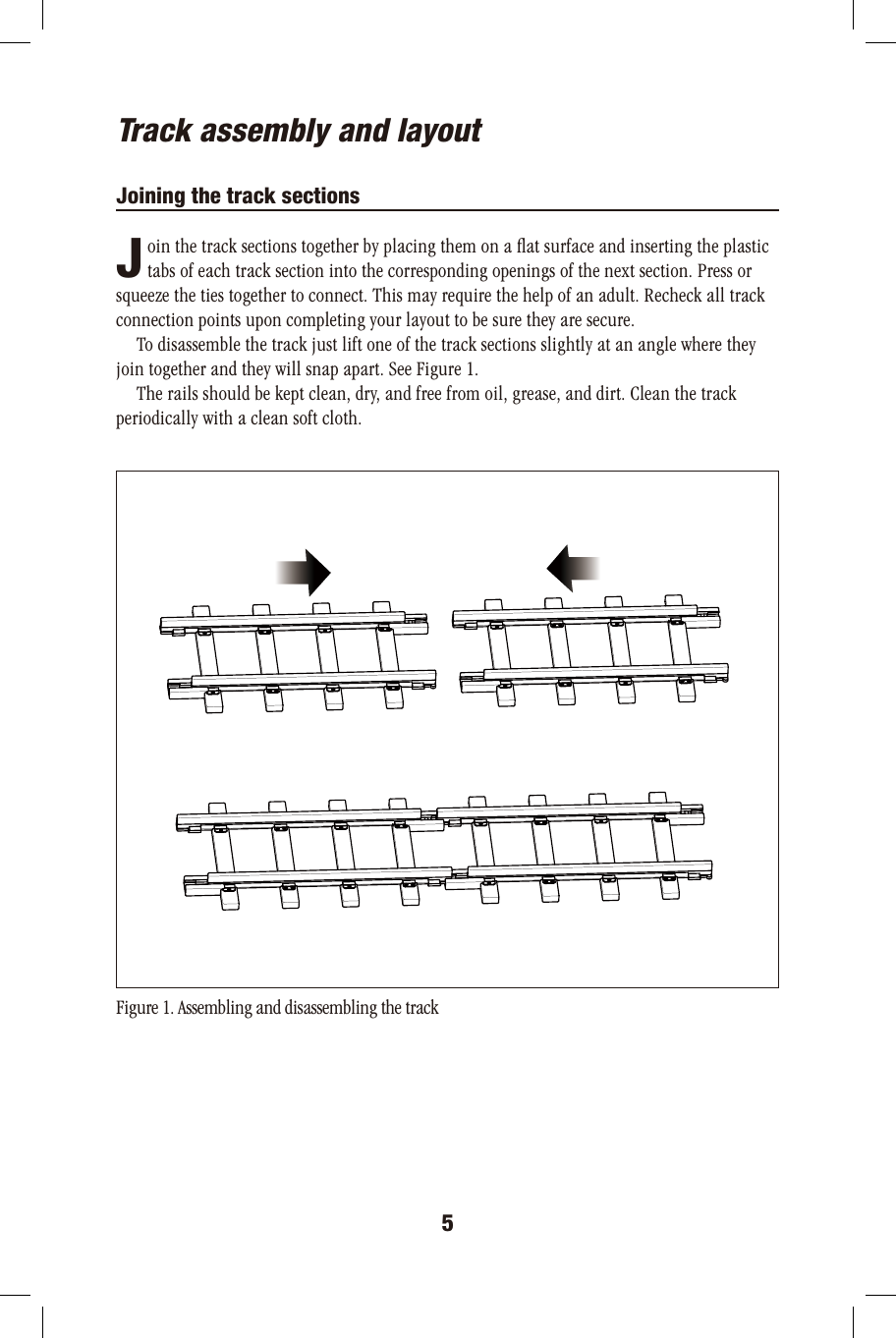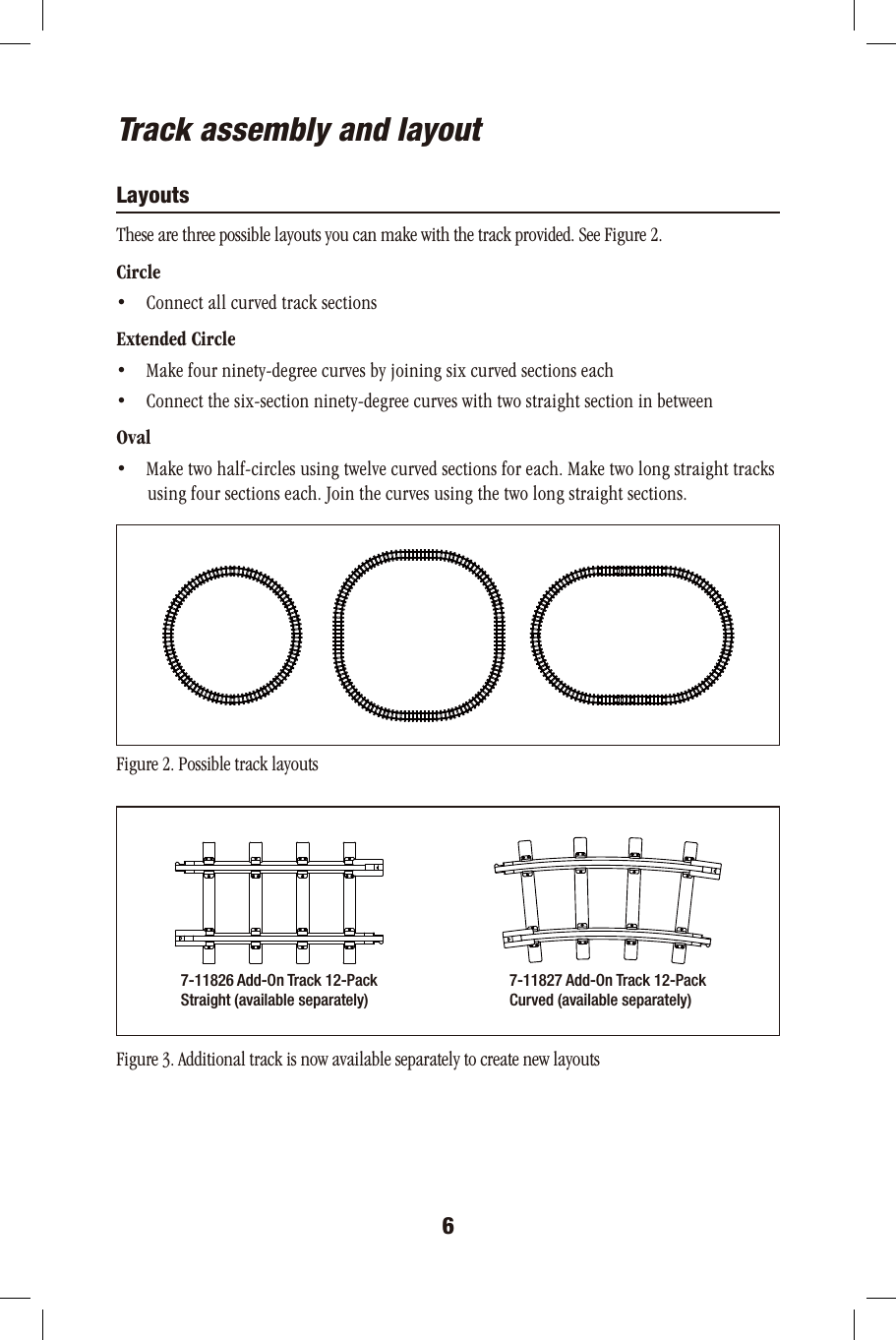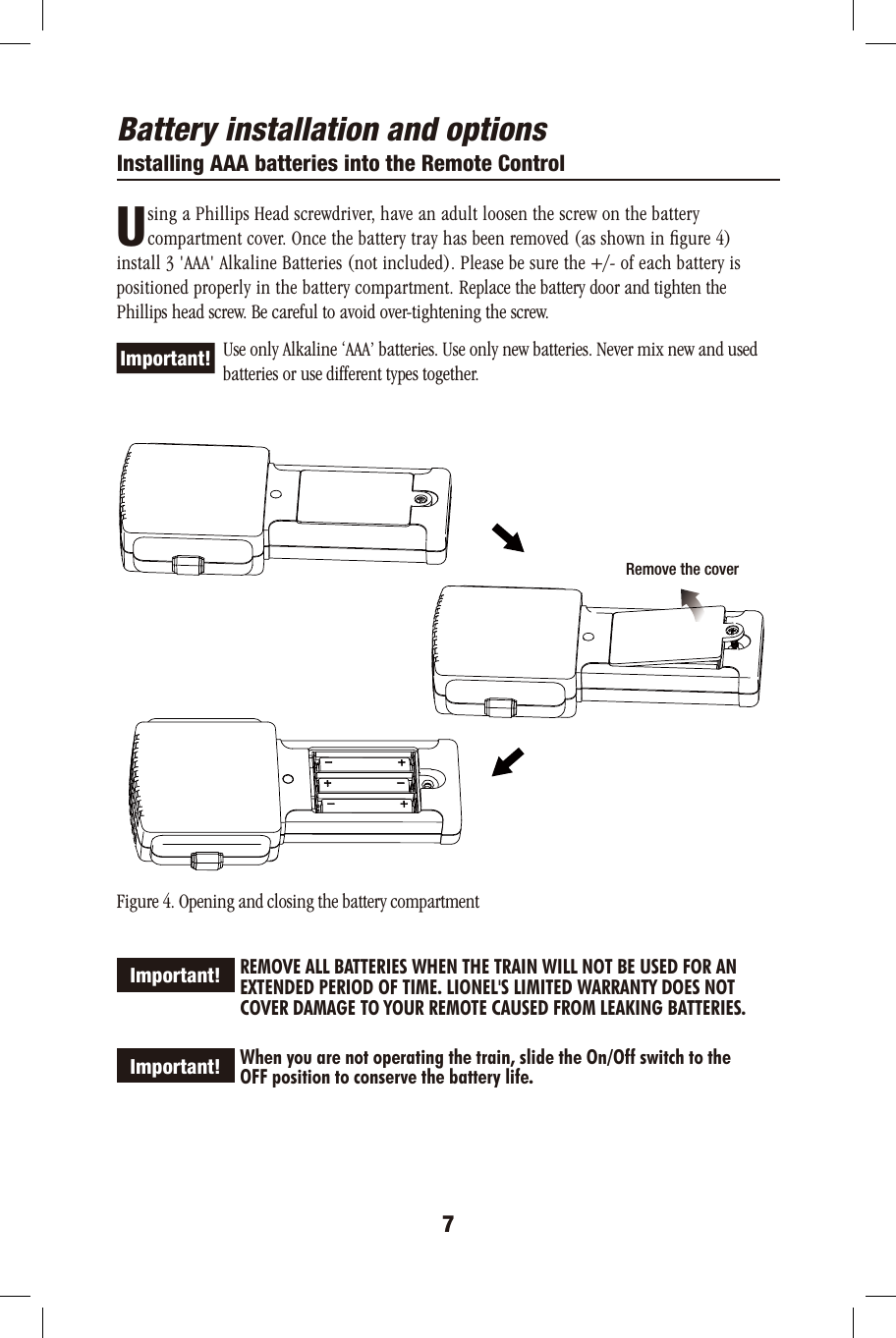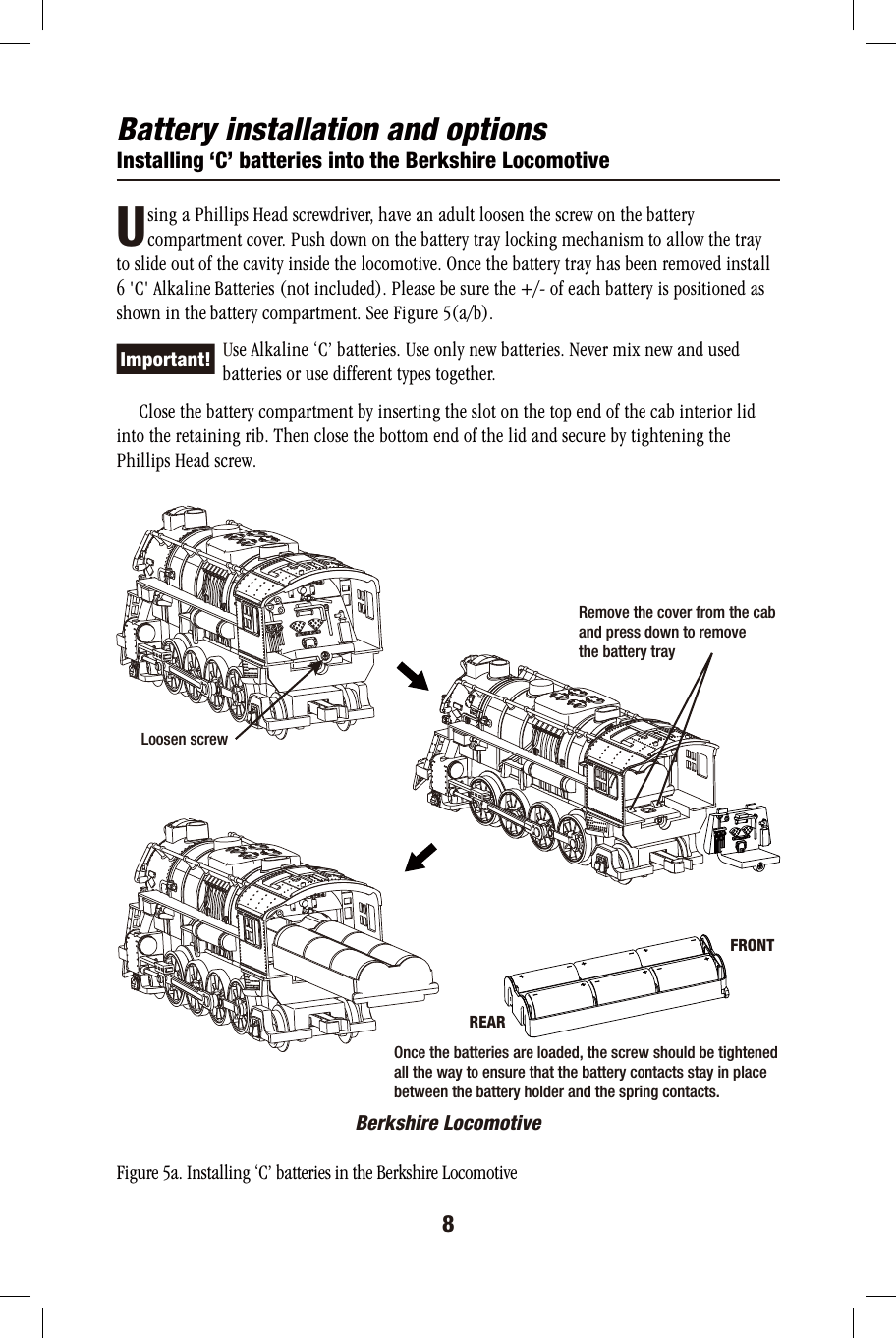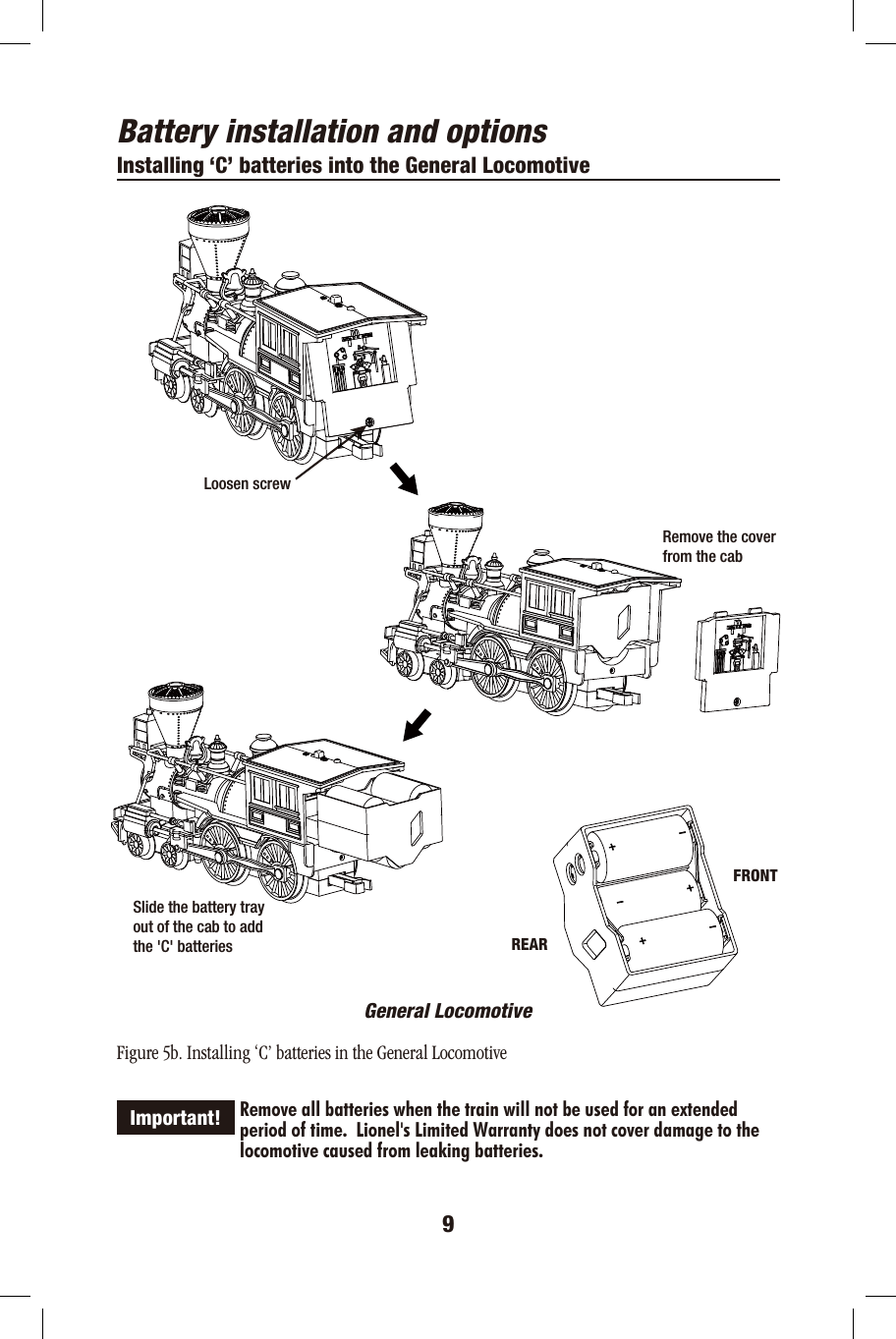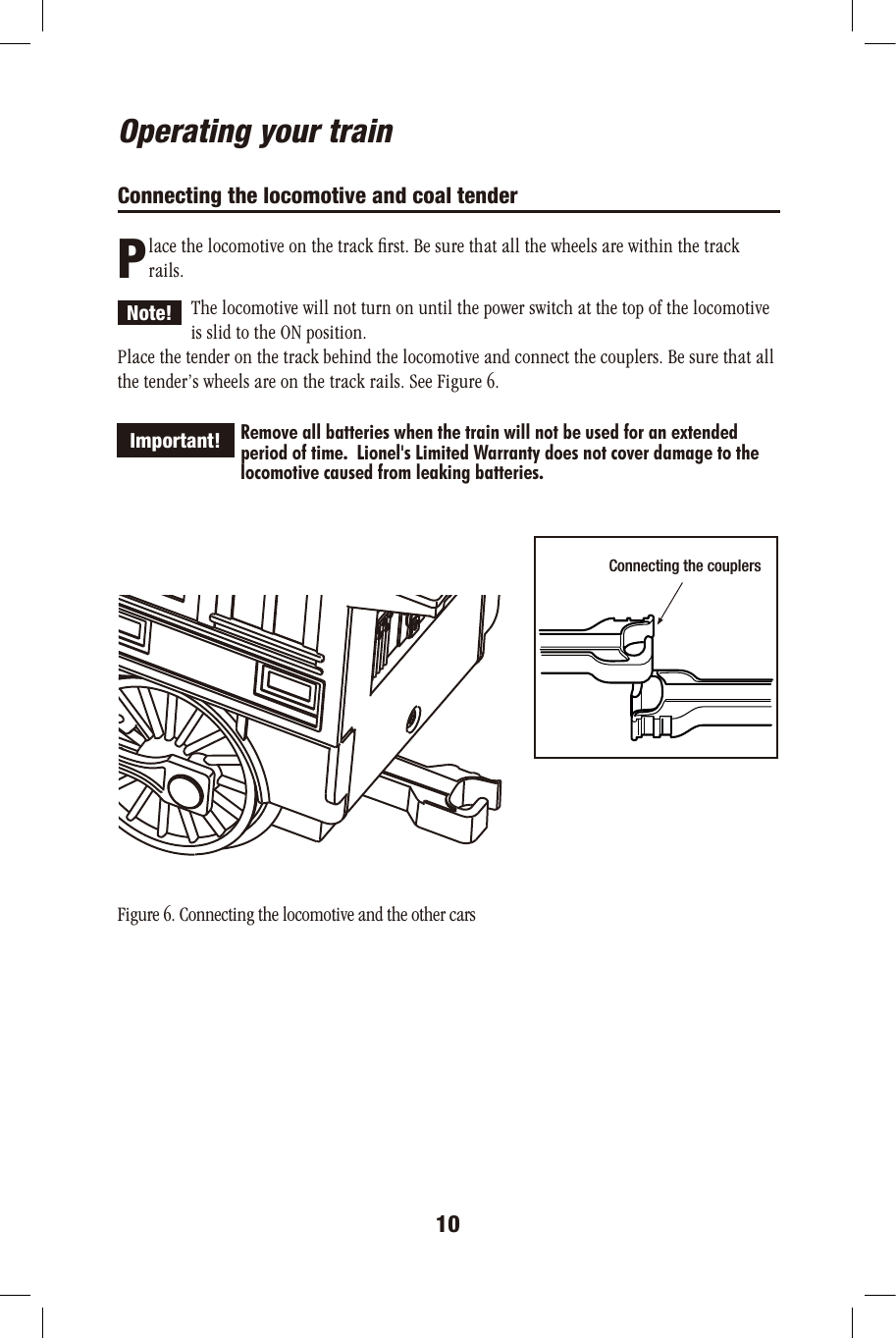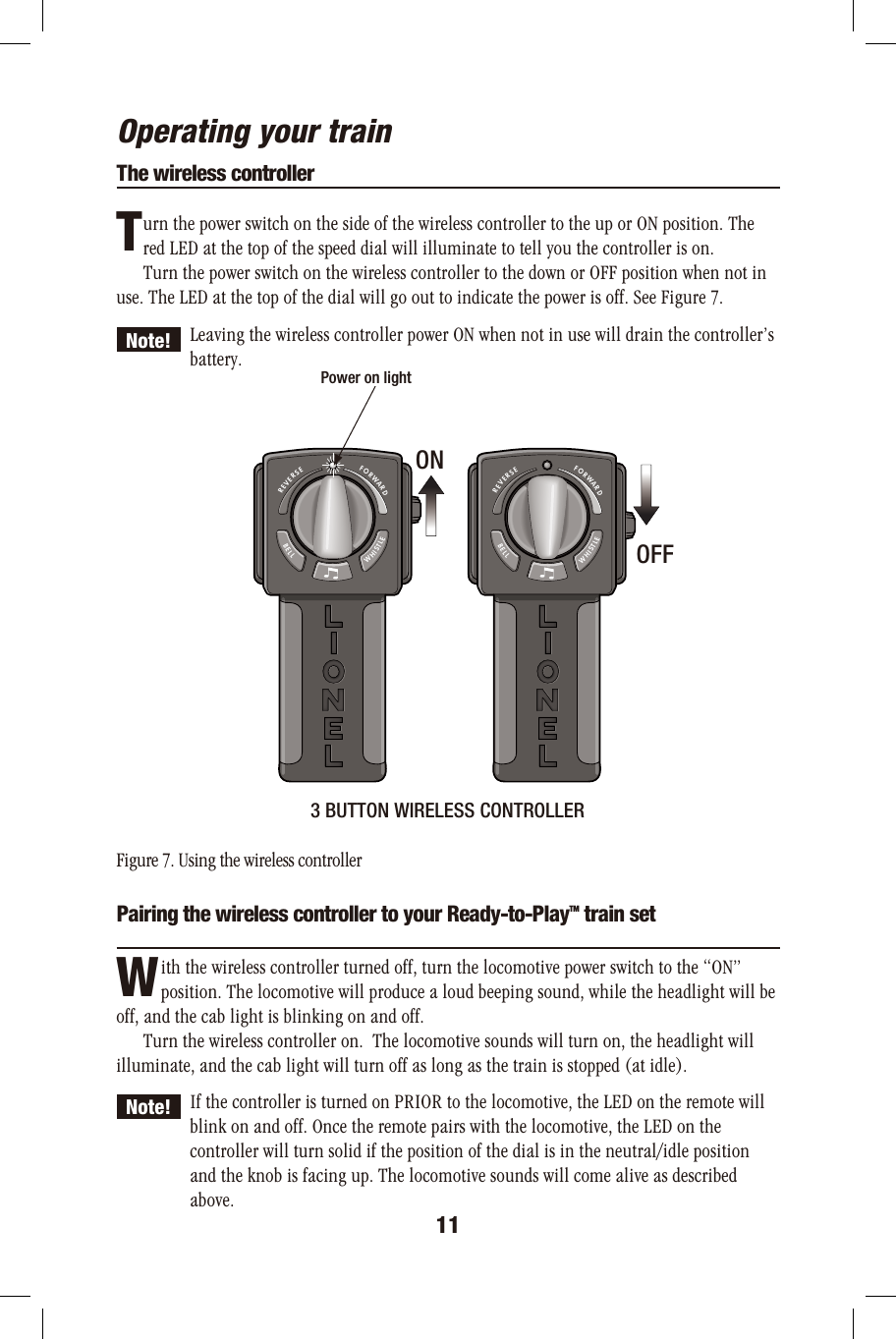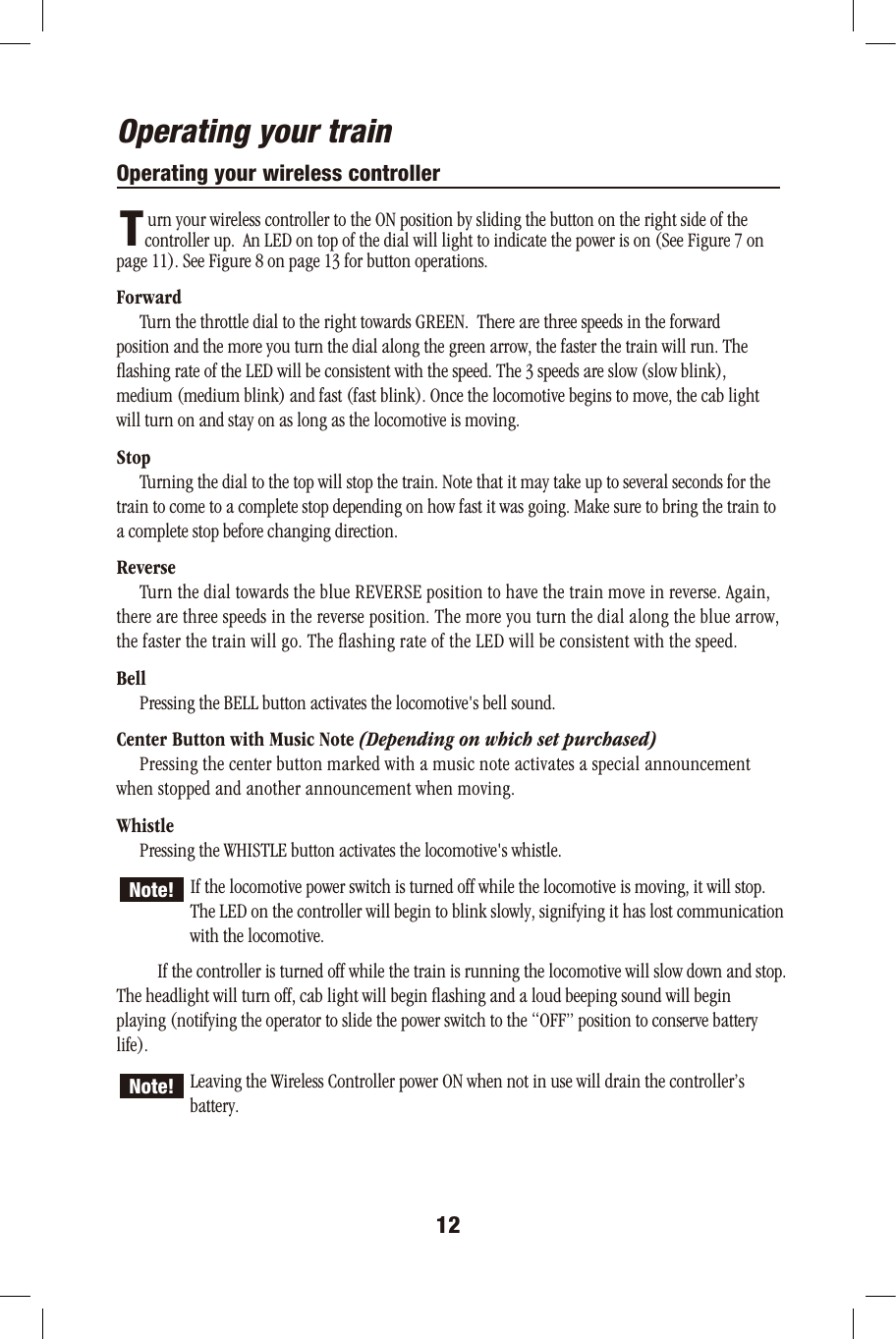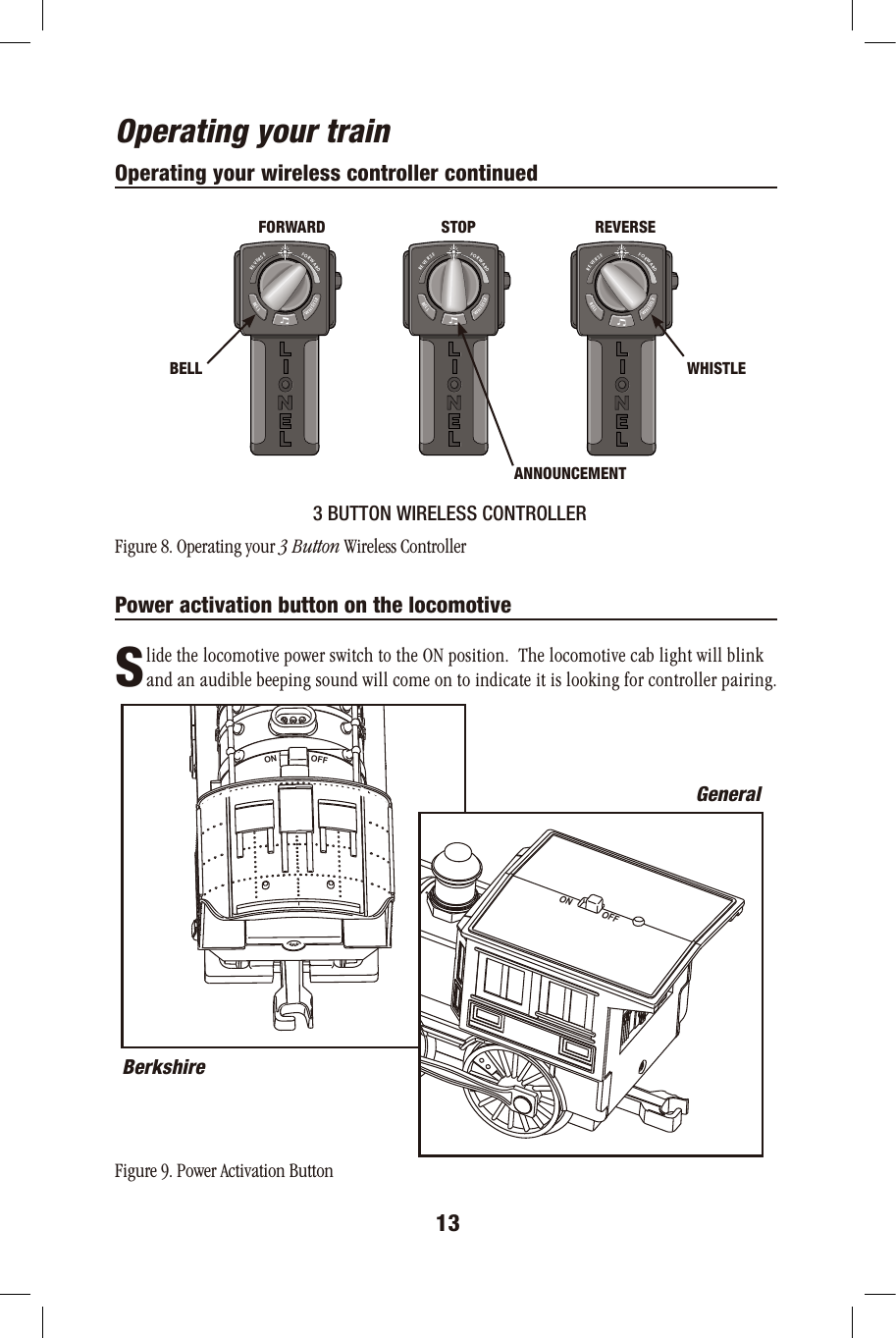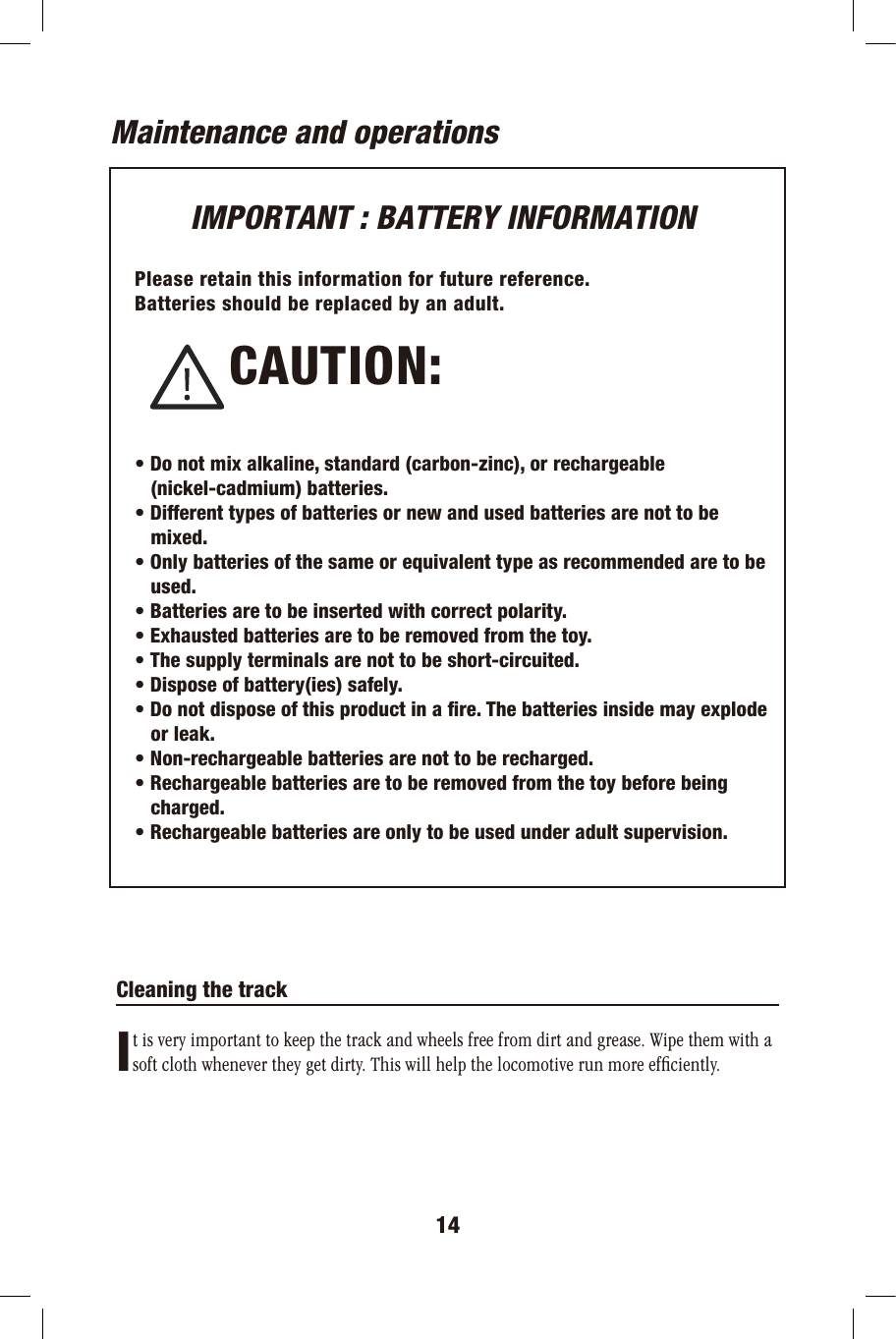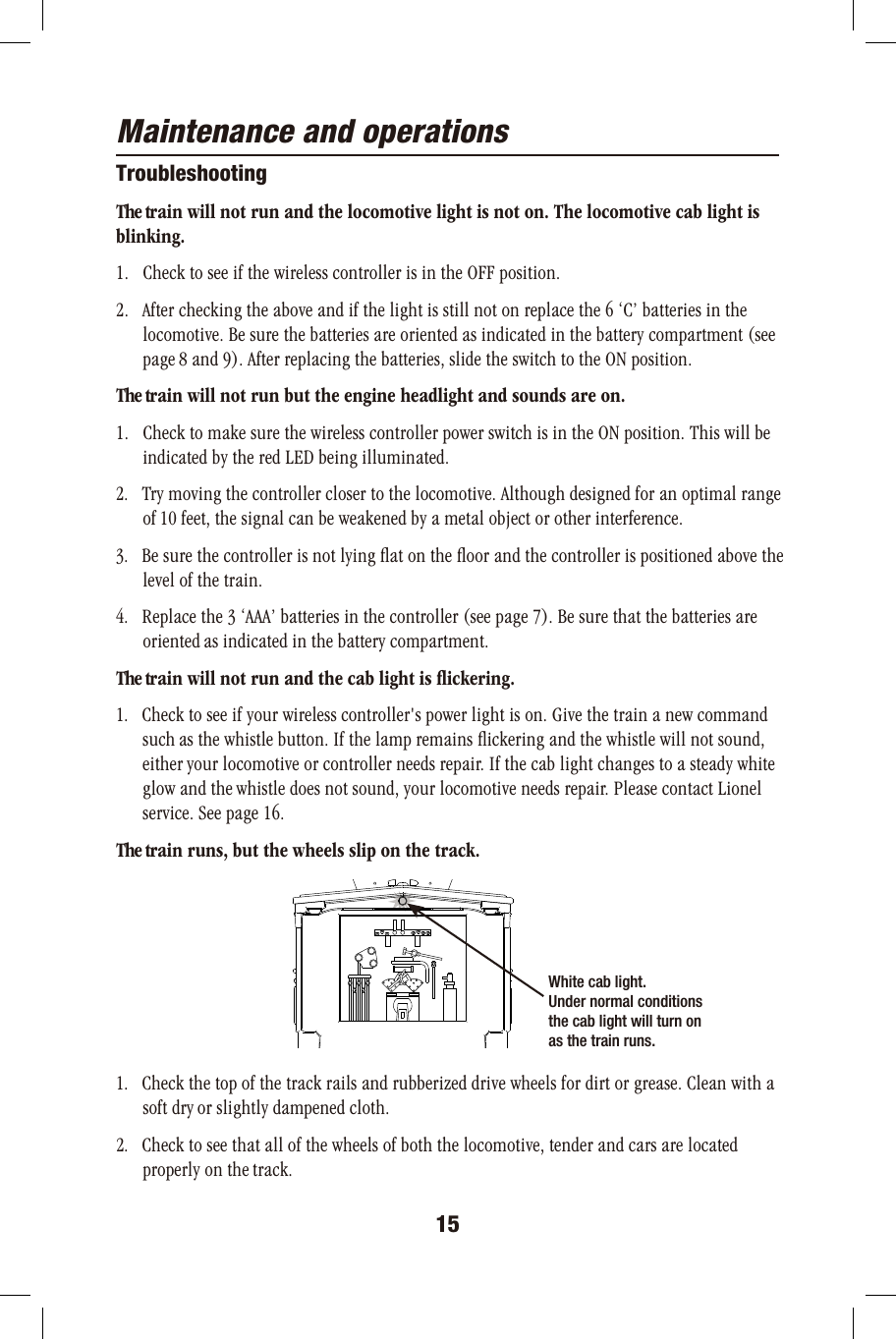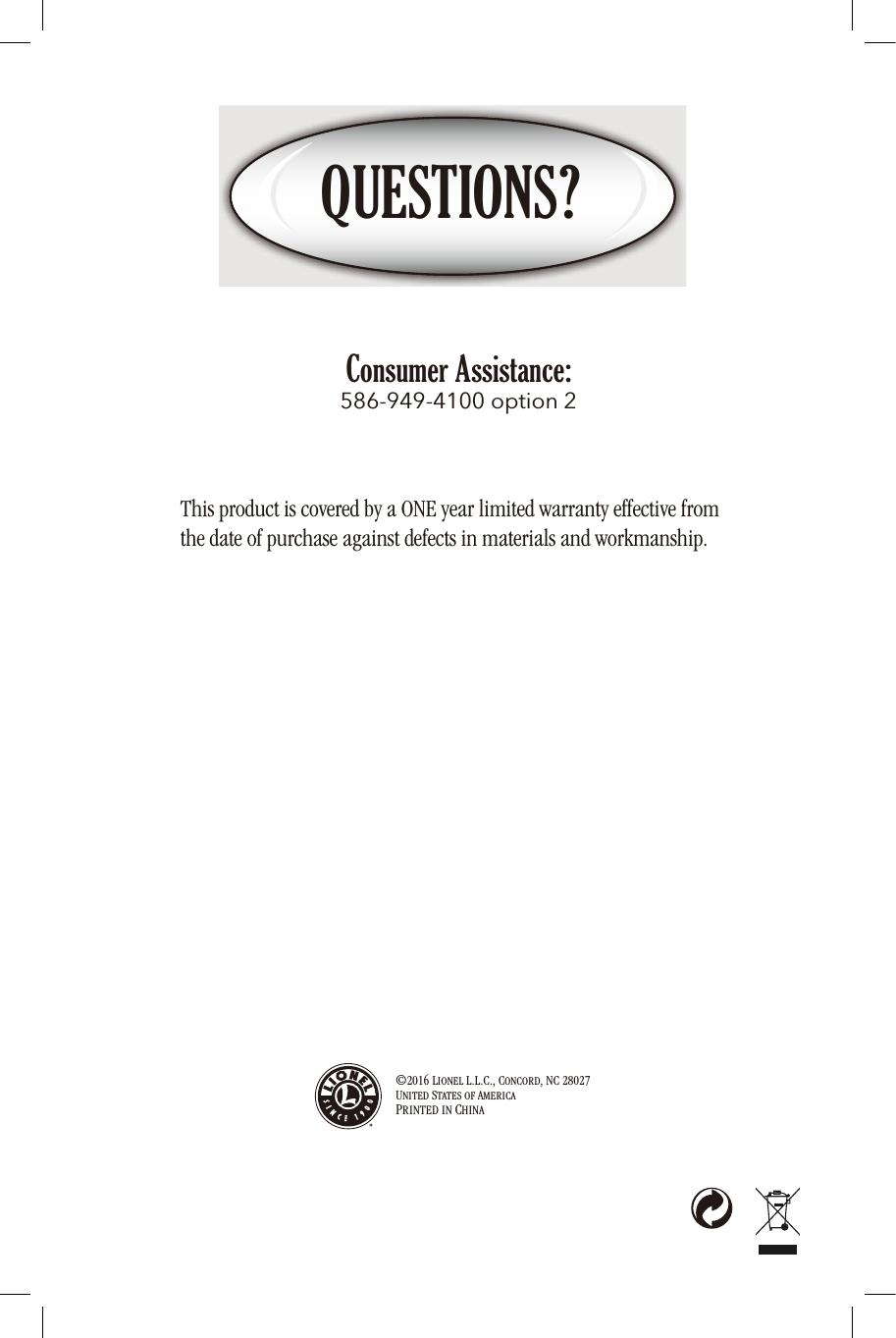Lionel RTPGRXV2 Ready-to-Play Train Set (North Pole Central Ready to Play Set), (John Deere Ready to Play Set), (Mickey Mouse Express Ready to Play set), (RC Train Set) User Manual 05 MAN 9400 11 L 17
Lionel L.L.C. Ready-to-Play Train Set (North Pole Central Ready to Play Set), (John Deere Ready to Play Set), (Mickey Mouse Express Ready to Play set), (RC Train Set) 05 MAN 9400 11 L 17
Lionel >
Contents
- 1. User Manual
- 2. User Manual 1
- 3. User Manual 2
User Manual
